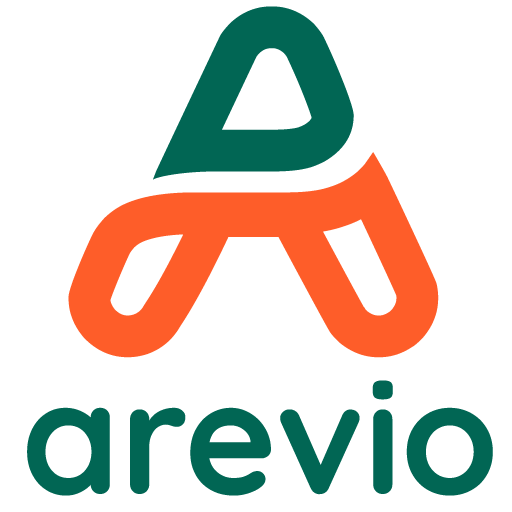ESEF reporting
The European Single Electronic Format (“ESEF”) came into force a few years ago, bringing complexity and changes to the annual reporting process for listed companies, their auditors and their national supervising bodies. Indeed, it created new challenges such as:
- A complex, collaborative process involving many stakeholders (including data experts, document publishers, software vendors, auditors’ and authorities’ feedback)
- An adaptative process involving regular review of the ESEF requirements, of the ESEF reporting manual and a need to integrate auditors’ and authorities’ requests for feedback.
As a consequence, for auditors, accounting and financial analysts as well as authorities, shaping ESEF reports is a real project per se at the crossroad of business, accounting, legal and ICT domains. Depending on your organisation, business rules and constraints, ESEF can, on the one hand, require comprehensive knowledge and robust tools. It may, on the other hand, be a huge opportunity for you to improve data governance and information flows within the company.
Let’s discover Arevio ESEF Edition, our dedicated solution for auditors, authorities & financial analysts
Acsone provides an audit-minded and user-friendly tool for the control of ESEF reports; its name is Arevio ESEF Edition.
Arevio ESEF Edition takes care of providing all the needed information:
- Quantitative information within the primary Financial Statements (“PFS”),
- Narrative information within the text blocks,
- Taxonomy specifications,
- Failed ESEF control rules,
grouped within the so-called ESEF Control Report that could help auditors or authorities for their auditing mission. This report is available under two formats: Excel and JSON.
Excel file is appropriate for in depth analyses while JSON format is useful to upload reported information into Data Warehouse or Business Intelligent systems. In the latest case, the audience can be expanded to financial analysts.
Choosing Arevio ESEF Edition also means acquiring the extensive support of a team of experts with a comprehensive knowledge of XBRL formats and ESEF requirements.
